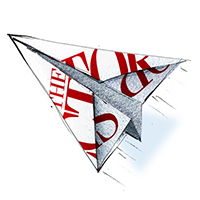The arrest of Huawei’s chief financial officer Meng Wanzhou in Canada in 2018, and the ensuing United States ban on high-end semiconductor exports to China, transformed Donald Trump’s “trade war” into a “tech war”. At the time, the US clearly felt it had a comparative advantage in technology, and that if it had to fight a battle against China, then picking tech as the battlefield made good sense.
In September 2021, US commerce secretary Gina Raimondo, declared that: “If we really want to slow down China’s rate of innovation, we need to work with Europe”. As a result, Europe was roped into a cold war most European businesses – not least ASML, supplier of some of the world’s most advanced chipmaking machines – would have rather avoided.
Since then, China has pulled ahead in 5G (even announcing a 6G satellite-to-earth breakthrough at the beginning of January), high-speed rail (with new trains going 450 km/h), electric vehicles (triggering the imposition of new trade barriers by the US and Europe), batteries (more trade barriers), and drones.







Comments
Join the debate for just $5 for 3 months
Be part of the conversation with other Spectator readers by getting your first three months for $5.
UNLOCK ACCESS Just $5 for 3 monthsAlready a subscriber? Log in